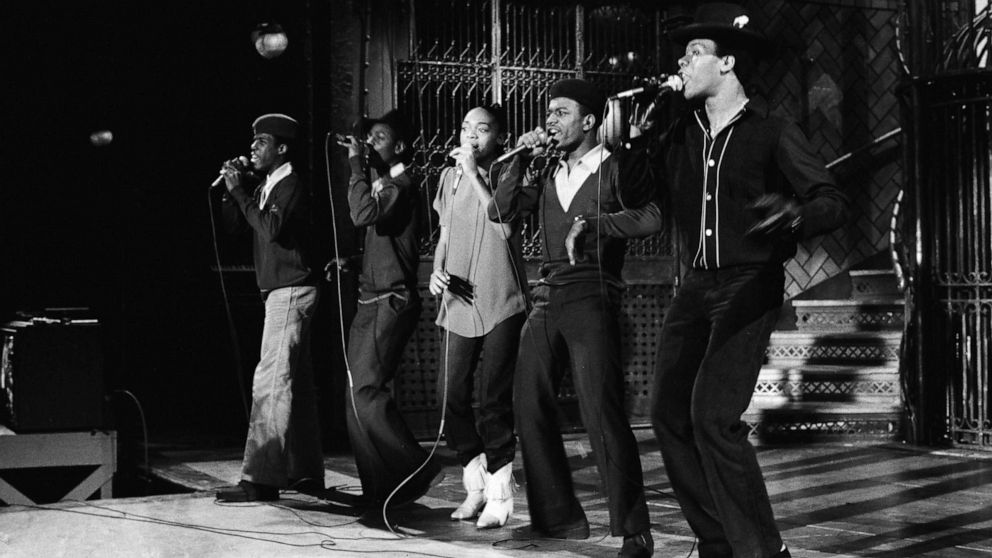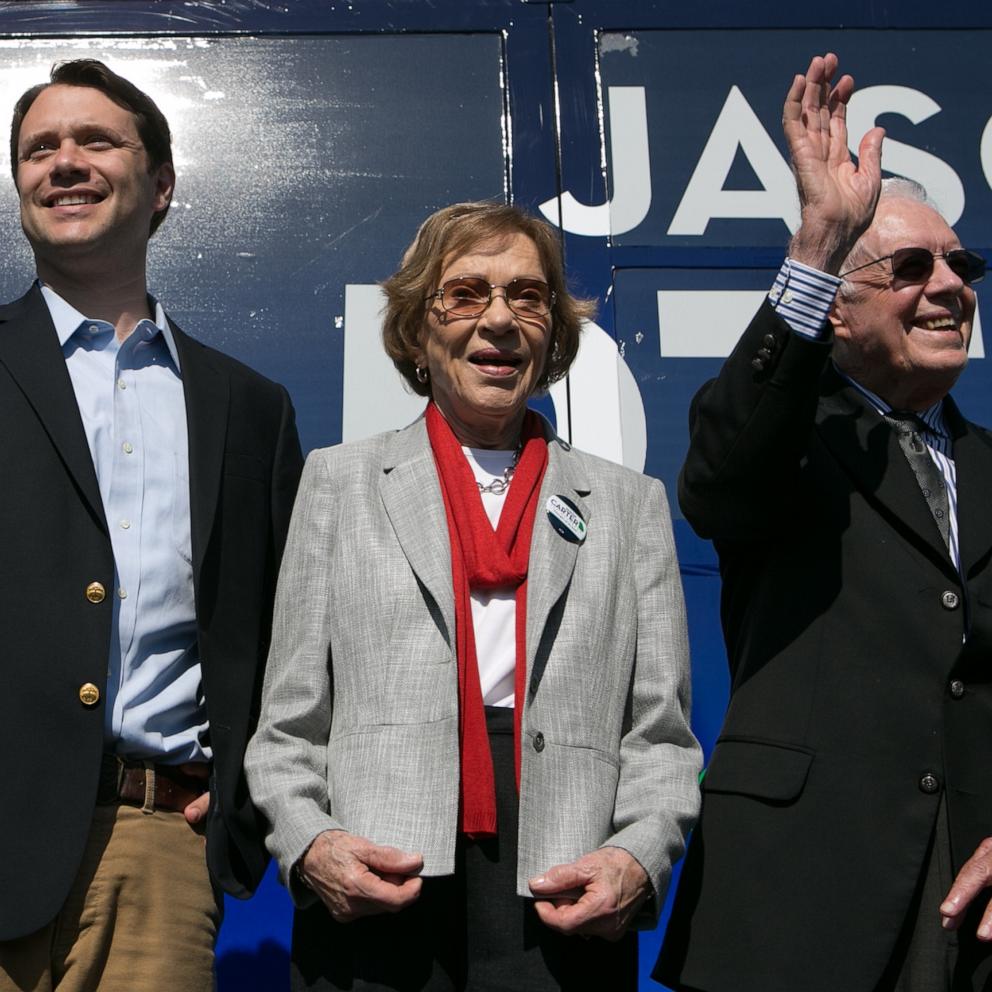The little known story behind the rise of the first female MC of hip-hop
The roots of hip-hop can be traced back to the night of Aug. 11, 1973, when DJ Kool Herc and his sister Cindy Campbell hosted a block party in the Bronx, New York, -- the first of many jams that birthed the first sounds and the earliest pioneers of hip-hop culture.
Sharon Green, who came to be known as MC Sha-Rock, was 13 at the time. And it was at those parties that the first female emcee of hip-hop, who is also known as the "mother of the mic," got her start.
"I heard about the parties, but because I was that young, my mom was very protective about us going out ... I didn't get to experience the first party that Kool Herc gave, but I got to experience many more after that," she said in an interview that is set to air on ABC and Hulu on Monday as part of the special, "The Real Queens of Hip-Hop: The Women Who Changed the Game."
The birth of hip-hop
Green moved with her family from Wilmington, North Carolina, to New York in 1969.
Wilmington became the center of a civil rights fight amid resistance to integration in the south. The case of the Wilmington 10 – nine young men and a white female social worker, who were wrongfully convicted of arson and conspiracy – launched the city into the national spotlight.
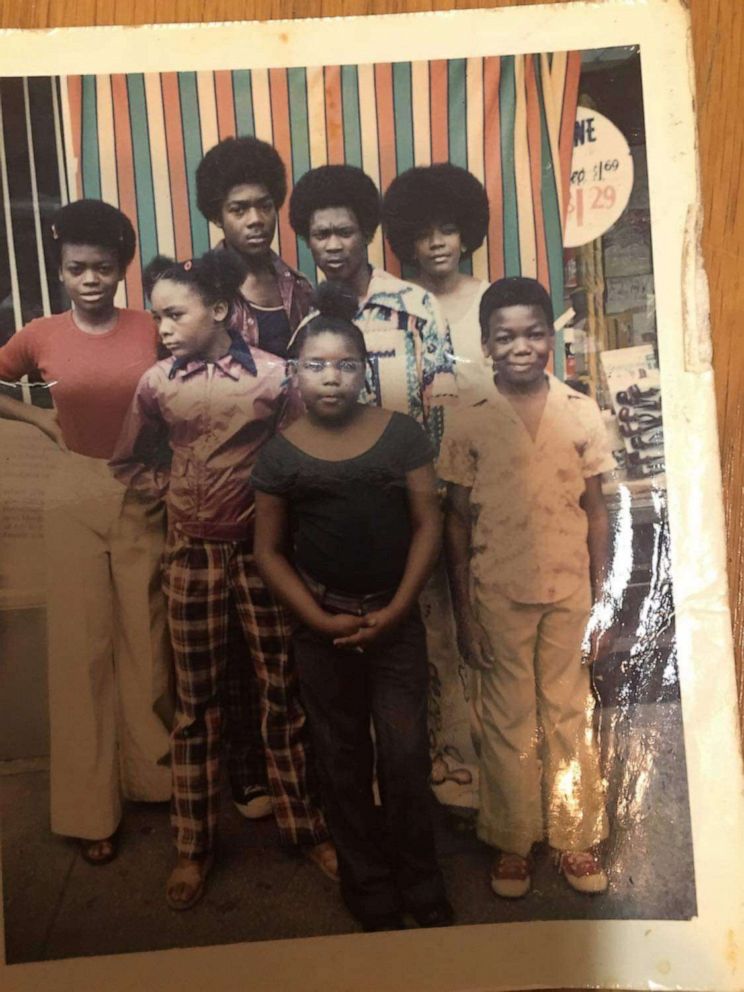
“Wilmington was going through a lot of racial divide at the time,” Sha-Rock said. That’s why her family decided to move to New York City in search of a “different type of environment.”
But life in New York was not easy.
“It was me, my three other siblings, my mom, my stepfather, and my uncle living in a one-bedroom apartment in Harlem, New York,” she said. They later relocated to the Bronx.
At the time, the underserved working-class neighborhood was ignored by politicians and grappling with economic collapse, and amid the poverty, gang activity and drug trafficking were rampant.
Property values plummeted so steeply that landlords began burning down their own buildings to collect the insurance money and many residents were killed in the fires.
"The Bronx was burning," she said, referencing a famous phrase that describes conditions at the time.
"In New York City, and especially in the Bronx, there was no hope besides if you had a supportive parent like my mom was. It was no hope. Everything you look around, when you look around the Bronx, it was like, 'How do we get up out of this?’"
At the time, youth in the Bronx found solace in music and dancing. And over the next couple of years, Green attended many of the parties thrown by DJ Kool Herc, where she got her start in hip-hop as a "B-girl."
It was a lifestyle according to Green, and the B-boy, the B-girl, the MC and the graffiti were the earliest elements that made up hip-hop culture. But it was not called "hip-hop" until the 1980s.
"We who started the culture started out as B-girls and B-boys, meaning that we listened to the breakbeats of DJs like Kool Herc who would play certain parts of the breakbeats," she said.
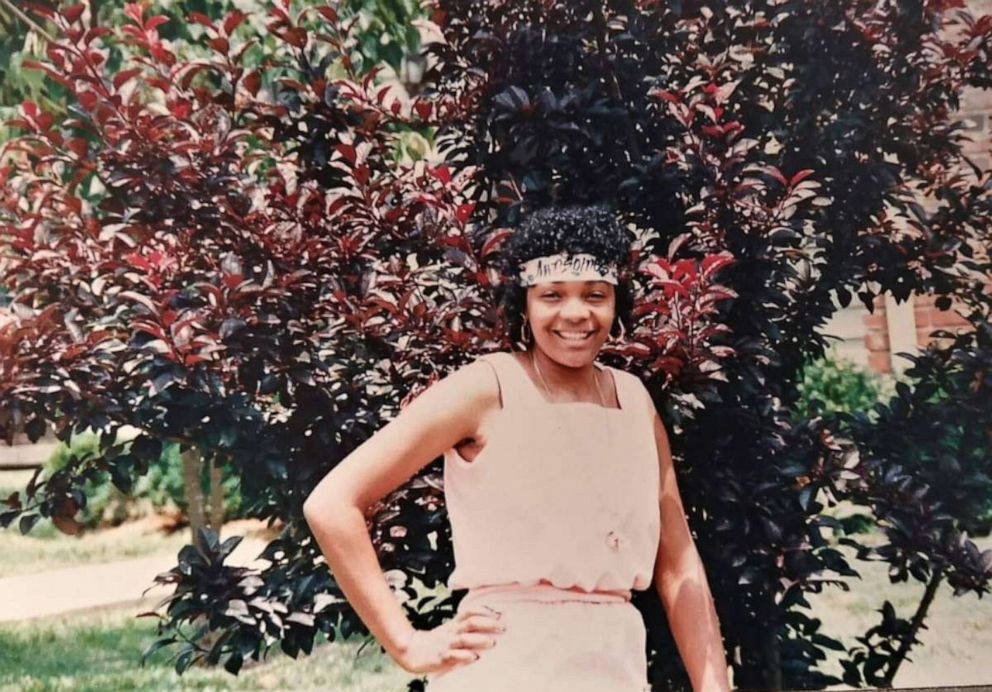
At the time, those parties catered to youth of all ages, especially young people who weren't old enough to attend events at the clubs, and according to MC Sha-Rock, people from different boroughs of New York City would pack the streets to be a part of the experience.
"I start tearing up when I think about it," she said, reflecting on those early days.
"We used the conditions that was around us to help us get away from all the negativity and everything that was going on in the Bronx at that time and created the culture of hip-hop," she said.
A life-changing audition
While growing up, Green said that her mother encouraged her and her siblings to participate in the arts and even signed her up for her first poetry slam -- a talent that would eventually land her a spot in a group as the first female MC in hip-hop.
"She said, 'Listen, this what you do: you rhyme it, you recite, and your cadence will make people be able to feel it when you say it. You got to make sure when you say it they feel that they're a part of that rhyme.'"
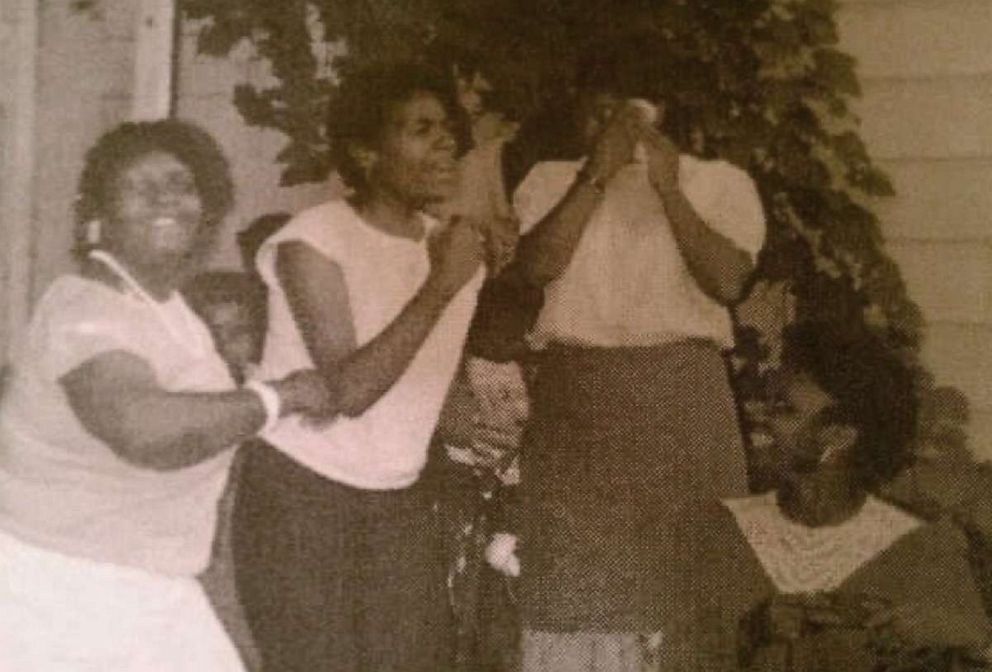
At the time, cassettes tapes and flyers were a form of communication. This is how music was shared and how people found out where the next party was going to be.
In 1977, Green came across a flyer posted at her high school that was a call out for auditions for an MC for The Brothers Disco, a new music group that was forming.
After convincing her mother to let her audition, Green started writing and practicing her rhymes and when she arrived at the basement where the audition would take place, she was ready for battle.
"I practiced the rhyme, I rehearsed the rhyme, I said the rhyme all over again, so by the time I got to that audition, I was comfortable with the rhyme and my deliverance would beat out anybody," she said.
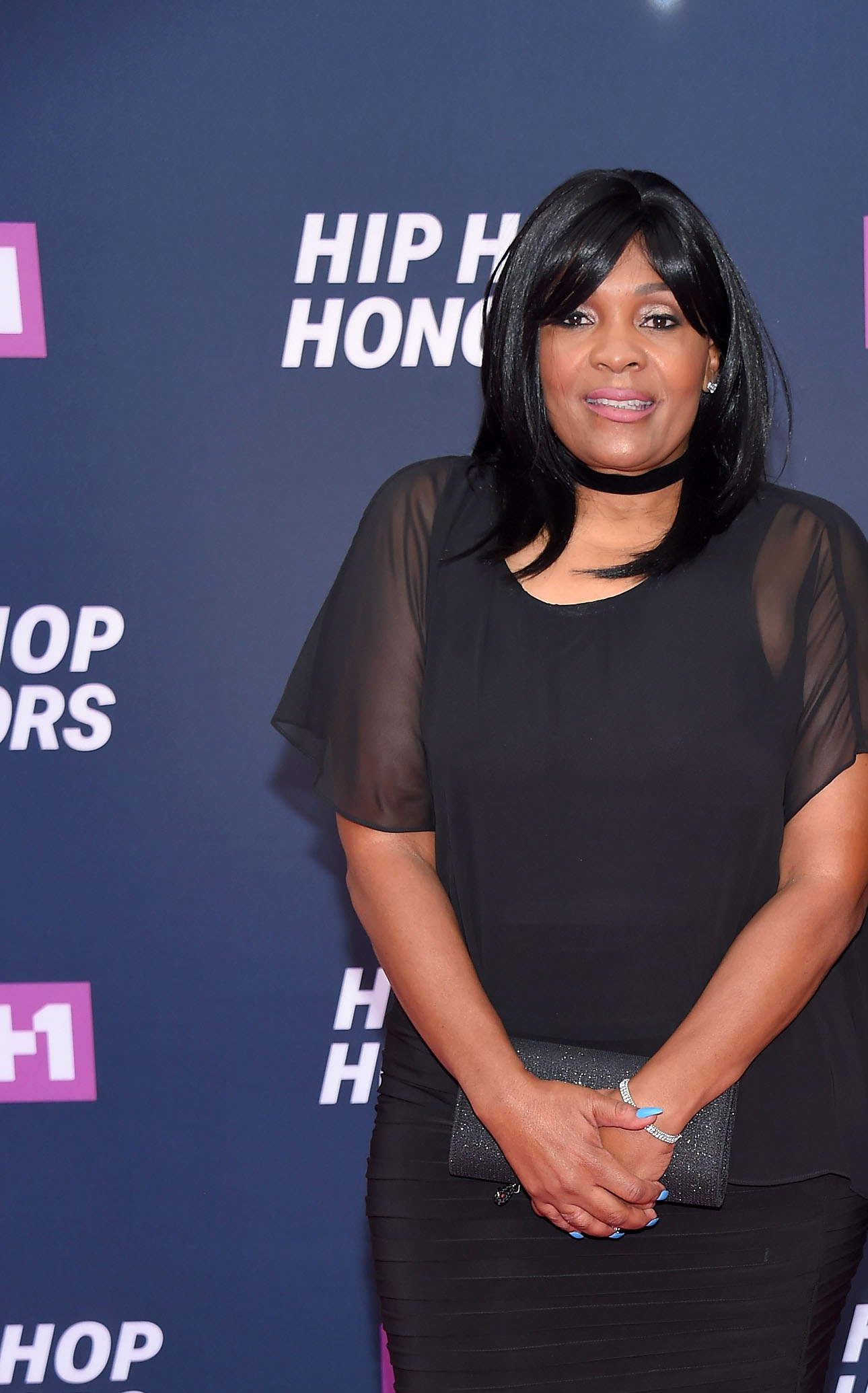
Green was selected as a member of the group that would eventually be named The Funky 4 + 1 or "the Funky 4 + 1 More." Along with MC Sha-Rock, the group was composed of Jazzy Jeff, D.J. Breakout, Guy Williams, Keith Keith, The Voice of K.K. and Rodney Stone.
The group would go on to make history by becoming the first hip-hop group to land a record deal.
Taking hip-hop mainstream
In 1981, while the group was on its first major tour, they got a call from Deborah Harry, the lead vocalist for the band Blondie, who was set to host "Saturday Night Live."
The rockstar invited the group to perform on "SNL" on Feb. 14, 1981, where she introduced them to America as some of "the best street rappers in the country."
With MC Sha-Rock at the center, they performed their hit song "That's the Joint," becoming the first hip-hop group ever to appear on national television.

"Once we did 'Saturday Night Live,' we're in our dressing rooms and they've given us top treatment. It's the first time that hip-hop is being televised on national television by young teenagers," she said.
But Sha-Rock said that she was unable to fully enjoy the moment because she was concerned that she was pregnant.
“I'm on stage. All of these things are going through my mind. It's like, ‘Oh, man. How is this going to stop me from doing what I wanted to do?’ And my group was terrified,” she said. “They were mad at me because we were about to take hip hop culture and rap music to a whole other level, and I got pregnant.”
But the group had already made history.
Jay-Z reflected on the moment hip-hop broke through the mainstream and how watching the Funky 4+1 More's "SNL" performance as a child was a defining moment in his life.
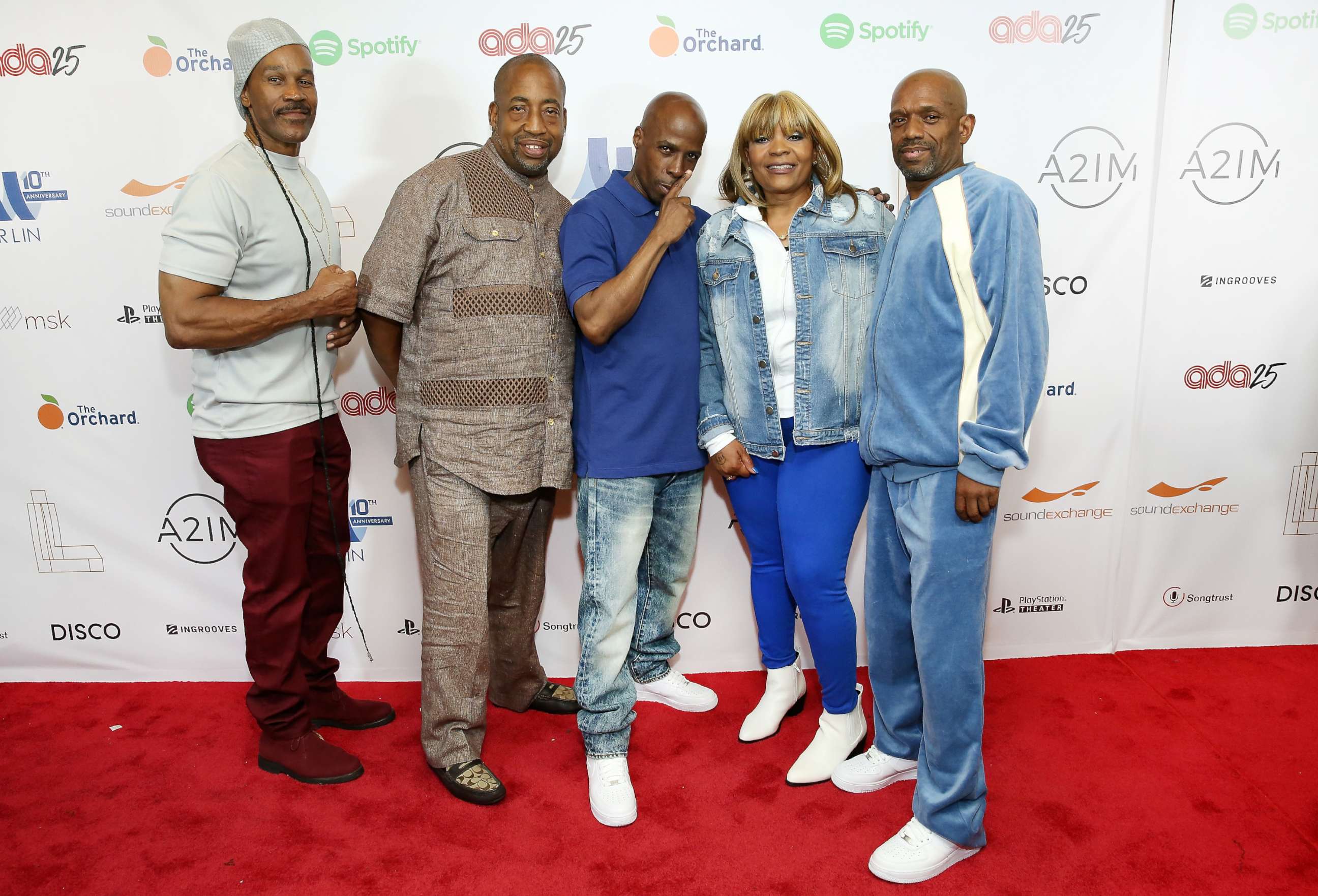
"By the time the eighties came along, rap was exploding, and I remember the mainstream breakthroughs like they were my own rites of passage," Jay-Z wrote in his 2011 book, "Decoded." "In 1981, the summer before seventh grade, the Funky Four Plus One More performed 'That's the Joint' on Saturday Night Live and the Rock Steady Crew got on ABC Nightly News for battling the Dynamic Rockers at Lincoln Center in a legendary showdown of b-boy dance crews. My parents watched Soul Train every Saturday when we cleaned up, but when my big sister Annie and I saw Don Cornelius introduce the Sugar Hill Gang, we just stopped in the middle of the living room with our jaws open. What are they doing on TV?"
“That’s the Joint” was named by Rolling Stone Magazine as one of the greatest 50 hip-hop songs of all time as well as one of the 500 greatest songs of all time.
"I think what they were trying to say is that we were before our time, I was before my time," MC Sha-Rock said, reflecting on The Rolling Stone honor.
"The women of hip hop have given our culture something to stand on, something to be proud of, something to say that this is not a man's world," she added. "We were on the frontline. We built this culture as well."
